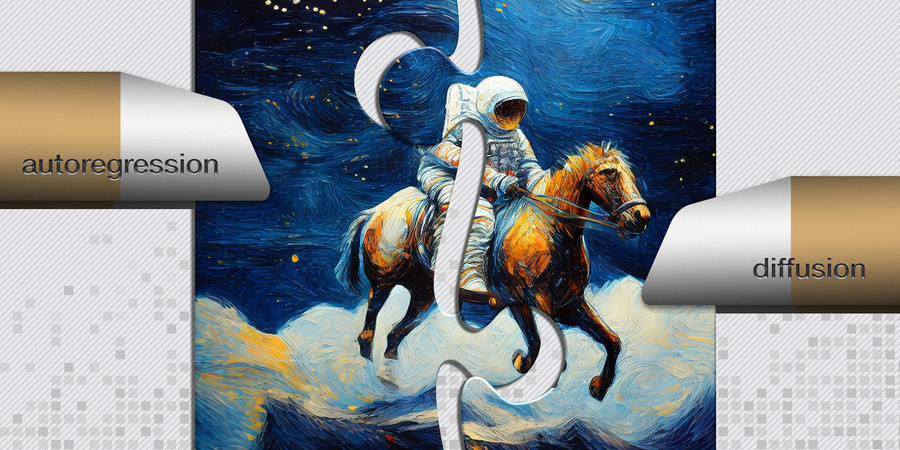May 04, 2023
Researchers often use simulations when designing new algorithms, since testing ideas in the real world can be both costly and risky. But since it’s impossible to capture every detail of a complex system in a simulation, they typically collect a small amount of real data that they replay while simulating the components they want to study.
Known as trace-driven simulation (the small pieces of real data are called traces), this method sometimes results in biased outcomes. This means researchers might unknowingly choose an algorithm that is not the best one they evaluated, and which will perform worse on real data than the simulation predicted that it should.
MIT researchers have developed a new method that eliminates this source of bias in trace-driven simulation. By enabling unbiased trace-driven simulations, the new technique could help researchers design better algorithms for a variety of applications, including improving video quality on the internet and increasing the performance of data processing systems.
Complete article from MIT News.
Explore
New Method Efficiently Safeguards Sensitive AI Training Data
Adam Zewe | MIT News
The approach maintains an AI model’s accuracy while ensuring attackers can’t extract secret information.
AI Tool Generates High-Quality Images Faster Than State-of-the-Art Approaches
Adam Zewe | MIT News
Researchers fuse the best of two popular methods to create an image generator that uses less energy and can run locally on a laptop or smartphone.
Can We Rely on Future AI ICs?- Robustness Design as Key Challenge for System Technology Co-Optimization
Thursday, November 21, 2024 | 1:00 - 2:00pm ET
Virtual
Speaker: Harald Gossner, Intel




